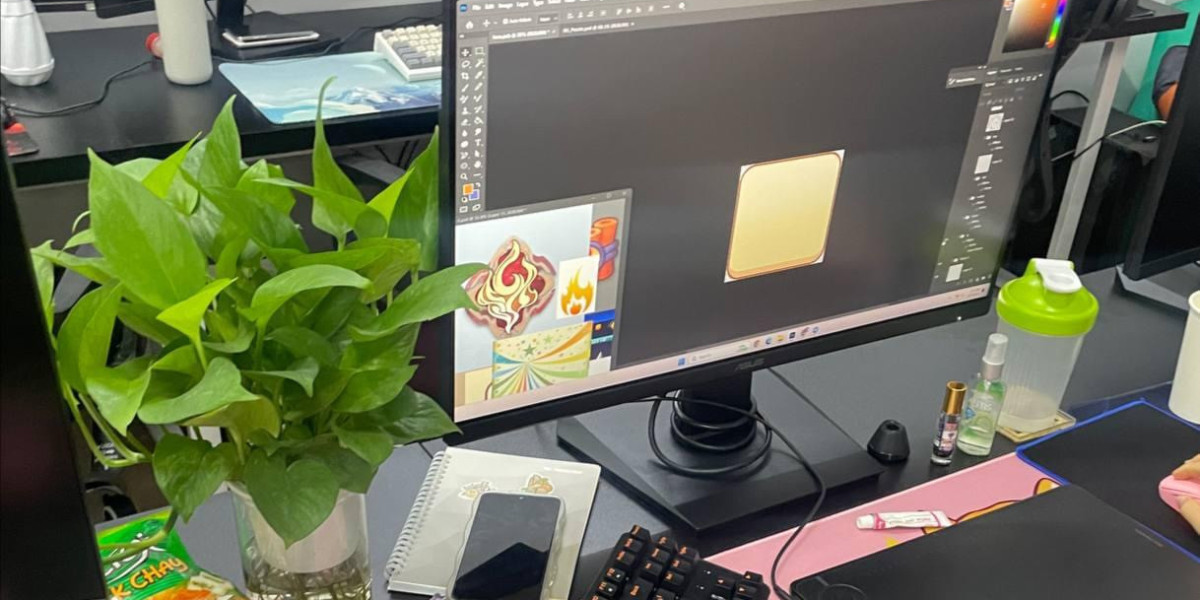In the recent times, developments in the field of agriculture in the type of ex-vitro plant proliferation have actually proved beneficial to the guy kind. One such plant, which has actually been developed by ex-intro, is jatropha curcas, found in large quantities in Indonesia. This plant consists of 25 to 35 percent oil and can be utilized to produce biodiesel, saving land, and an increase in the earnings of farmers.
Earlier, there were specific obstacles while growing the Jatropha plant. First of all, the propagation and transportation of the seedlings of Jatropha was costly and time-consuming. The soil in which, it grows is low in efficiency triggering the plant to decay and have diseases and last however not the least, the jatropha curcas plant takes significant time to adjust itself, to the new environment.
Observing all these obstacles, the farming experts promoted ex-vitro Jatropha proliferation. The ex-vitro of jatropha curcas solved the difficulties, faced earlier of planting it. The seedling treatment was made fast and inexpensive. The expense of transportation was lessened, as the seedlings were planted close by, in the location of the plantation. Mother plants were chosen from the exact same location, which did not need the seedlings to adapt themselves, thus conserving time.

The ex-vitro Jatropha method adopted in the plant propagation scheme had root culturing as its basis, where the shoots were grown outside the field in the glass vessels. The platelets grown from this, was instantly seasoned in the green house. The seedlings were highly heterogeneous, in character and for this reason, high level of propagation was possible.

The ex-vitro jatropha curcas approach showed to be affordable. Great care was required to supply environmental and nutritional value to the plant. Soon, after embracing ex-vitro for jatropha plant, the two months plantlets were all set to be planted in the field. Rooting was accomplished, in around 3 weeks. The federal governments in numerous nations are taking initiatives to encourage the farming scientists to establish jatropha curcas plant proliferations through ex-vitro techniques, which are less expensive and sustainable. There are numerous institutes, which train people about, this technique to increase production.
The institutes engaged in ex-vitro jatropha curcas techniques of plant propagation took utmost care in nurturing the plants by developing natural conditions. For instance, jatropha curcas grows in well drained pipes soil and is dry spell resistant. The ex-vitro technique also, increased the level of seedlings, which were free from insect and illness. This technique of ex-vitro of jatropha showed easy and affordable and the seedlings were close to their parent, hence, preventing issues.
There are specific factors that can affect the ex-vitro development in jatropha plants. They are elements like sunlight, humidity, nature of soil and other weather conditions. Hence, care has actually to be taken to change these aspects to match ex-vitro.






